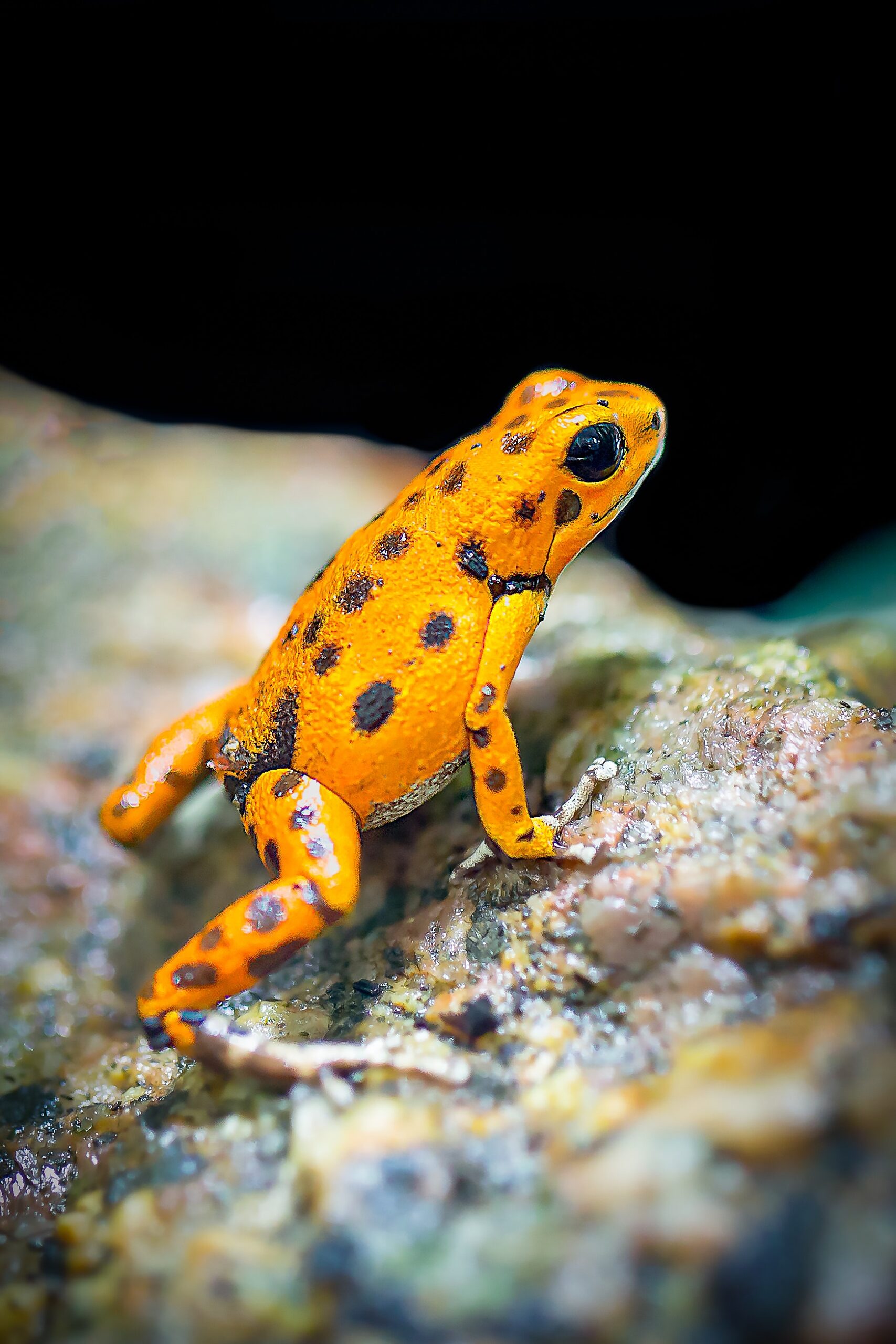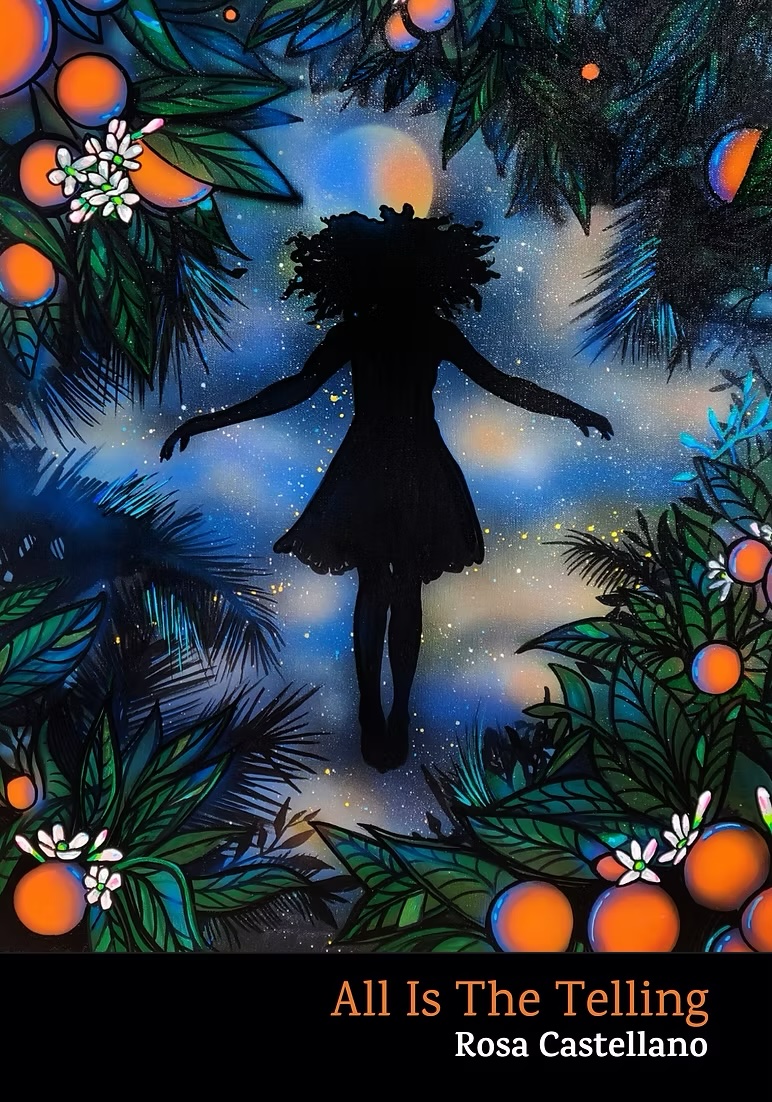Piece by IDA VITALE
Translated from the Spanish by SEAN MANNING
A Q&A with the translator follows the piece.
This piece is a selection from Byobu, out this November from Charco Press.
The Sensitive Toad
From the bottom step, where the stairs rise from the stone path between two patches of grass, Byobu sees a toad cross in front of him, hopping from green to green. It’s followed by another, just as quick. Not long ago, Byobu read a horrendous list of little tragedies that could befall an Englishman in the nineteenth century: it included stepping on a toad, believing it to be a stone in the road. Byobu is not English, nor is he from the nineteenth century, but there he stands on one foot, like a heron, which luckily for these batrachians he is not. On a magnificent summer night like this it’s normal to hear them, but seeing them is not so common, thought Byobu when the third little fellow appeared. Why the third fellow? Well, because as we all know three is a sacred number, and besides, there were three.
Fortunately for Byobu he had a witness to what happened next, someone who is usually only present for a few of the many things that happen over the course of his solitary days. But this time he was there, which will allow Byobu to share this in conversation without anyone thinking he’s making it up. Of course, a witness isn’t required for him to write it: there’s no need for the truth when creating literature, good or bad.
But back to our toad—the last one—who now sits motionless in the grass, perhaps confident in his mimetic powers, as he’s splendidly illuminated by the lamppost. Various magical tales, diverse in origin, confusedly cross Byobu’s mind along with his own past encounters with several lizards, possibly stilled to sleep by the sun, which he managed to caress just long enough to believe himself in possession of hypnotic powers.
He even recalls a short anecdote from Gide, told by Giono, the sediment of various days of a visit paid by the former. Giono, fed up with losing to Gide at chess, sends him to a café in Manosque to face the local champion. Watching the match is a provincial man who has just come from fishing knee-high in a nearby stream. First, from his warm pocket he takes out three frogs, which he places beside the chessboard on the marble table. Its coolness soothes them, and they remain still. As the game progresses, the onlooker proceeds to swallow them, one after the other, with the help of a glass of wine. Throughout the ingestion, Gide stays silent out of protest and disgust, which does nothing to prevent the next day’s match from taking place with the same accompaniment. At that point he demands the match be continued at Giono’s and behind closed doors.
Between one memory and another and from frogs to toads, Byobu, obeying an irrational urge, reaches out his hand and strokes the toad’s back or, more precisely, what on a human being would be a shoulder. The little creature sits motionless beneath the gentle circular movement. This doesn’t cease to amaze Byobu, who prolongs his gesture. When after several minutes he decides it’s time to be on his way, something incredible happens: the caressee raises one of its front legs and its body on the side where the hand moves back and forth. Byobu and the witness realize that it is doing its part to enjoy this impossible caress, never before received, never before given.
An encounter, more fortuitous than that of an umbrella and a sewing machine, has just occurred between a spurned toad who loves to be caressed and a human hand that can spare five happy minutes giving it this pleasure.
Q&A with the Translator
Stephanie Malak, contributing editor at The Common (TC): What do you find intriguing about Ida’s work? What drew you to Byobu specifically?
Sean Manning (SM): Ida Vitale is well known in Spanish, and in French, having recently been named Commander of the Order of Arts and Letters by the French Ministry of Culture. And she is more recognized every day: Idamanía, it’s been called. At almost 98 years old, she would humbly say that so much acknowledgment is merely the result of her longevity and then mention a long list of individuals she deems more deserving of the prizes and praise. But to read her work is to feel the beauty and power of precision, of sentences and verses that place you in nuances, not generalities. It’s exciting to translate such rich language, where each part is as important as the whole. I also had the good fortune of spending time with the author and her husband, the late poet Enrique Fierro, during their years in Austin, Texas. She has led an extraordinary life full of stories, and it’s a privilege to be able to make her insights, the minutiae that the poet (and sometimes the scientist) is able to notice, available to English readers.
Byobu is a little book. It’s a book you want to hold as well as read. It’s filled with short, poetically dense texts, laden with specific, stimulating vocabulary whose etymology, sonority, and polysemy express the title character’s microscopic and telescopic vision of the often-overlooked elements of everyday life. Each text is thus a two-fold experience: the experience that it narrates and the experience of its narration. Initially, I saw translating Byobu as a writing exercise. Could I do it justice? How well could my language preserve the original? Its brevity and density meant that I could confine my attention to a limited area for a long time, slowly picking apart the connections and echoes within and across the verse-like prose, first as a reader and then as a translator attempting to assemble similar small-scale complexities that would culminate in capturing the particular object of the character’s curiosity. My hope is that no toads were squished during the making of this translation.
TC: Byobu is an unusual text—how do you take this into consideration while working with the text?
SM: How great it is to read something unusual! In another book by Ida Vitale, she wonders whether it is possible that earth might still resemble something of a paradise. Her answer is: “I think so, yes, behind the backs of many and with the help of few, there are, for those who want to see them, traces of a ravaged and ignored paradise.” Byobu’s uncommon desire to look closely, to make himself smaller and remove himself from the center, is another reason I was drawn to Byobu and something that was very easy to respect during the translation. I only had to care about what Byobu had decided to observe, the things he values, that bother him, or that he finds unnecessary, and then enjoy his fascination or consider his distaste. His regard made them all slightly more usual.
“Unusual” might also refer to the book’s language. In this case, unusual could be understood to mean deliberate, and translating this quality was difficult. Byobu’s texts are intricate, increasingly so with every examination, and each sentence, each word, fulfills a symbiotic role, supplementing or complementing the others in its ecosystem. The challenge for me, as it must be for all translators, was to know when and to what extent I should rethink my own reflexes, the decisions determined by “this is what sounds right to me,” so that I would be more likely to find what sounded right to the text, but without losing confidence in my instincts and my writing. This meant maintaining a healthy amount of self-doubt, researching the needs of every choice, and mapping what intra-textual relationships were gained, altered, or lost with each version.
TC: The book as a whole remarks on bearing witness to writing. “The Sensitive Toad” addresses this theme directly. What does the Byobu-toad relationship reveal about the act of writing?
SM: I think the book is concerned first and foremost with witnessing, plain and simple. There is an essential intimacy that Byobu is attuned to. It appears as both an individual’s curiosity about the world and a responsibility to the world to be curious: “an encounter […] between a spurned toad who loves to be caressed and a human hand that can spare five happy minutes giving it that pleasure.”
Storytelling is indeed an implicit theme throughout the book: opening one’s eyes and ears to the marvelous stories that nature is telling us, and then sharing them with others. In “The Sensitive Toad,” a distinction is made between oral and written storytelling. It suggests that one can get away with a fish story, or a toad story, in literature because writing is allowed to be unverified, entertaining fiction. But if it is told amongst friends, one had best have a witness to back up the details or else it is likely to be dismissed as improbable yarning. Oral storytelling benefits from there being a witness to the witnessing.
This brings up an interesting discussion on the narrator in Byobu. In “The Sensitive Toad” and every other text, Byobu does not tell his own story. However, the third-person narrator has such intimate access to Byobu’s mind and dedicates such Byobu-like attention to documenting his thoughts and actions that it’s very easy to conflate the two. This reminds me of Ida Vitale’s own humility. There is a valuable lesson to be learned: let’s remove the excess I’s from our stories and celebrate what was witnessed, not that we were the ones who witnessed it. It does seem that curiosity for the small details of the world must necessarily lead to a selfless act of sharing. In another of the book’s texts, we are told of Byobu’s devotion to insignificant bits of knowledge and his concern that they are doomed to disappear because “those who take pleasure in sharing them are scarce.” In essence, Byobu laments a lack of storytellers. We might conclude then that Byobu is the responsibility of the storytelling narrator who stumbled across such an interesting subject. And translating it would be another step in this relationship.
TC: What was your favorite bit to translate in Byobu?
SM: I loved being able to revel in every sentence as if each were an entire text, to study every word and its relationship to the others. It was also very satisfying to slowly piece together this compendium of Byobu’s perspectives. But in general, I have two varieties of favorites. One is where a stretch of translated text is seamless (at least to me) when held alongside the original, where the parallel in spirit, structure, and sound feel so close that it seems no other version could come closer. Here, peace reigns and I am barely visible.
My other favorite is where the original must be unstitched and resewn: idiomatic expressions and other language-specific attributes, for example. Byobu’s texts are very finely woven; one word’s multiple acceptations often dialogue with those of another to produce a latticework of readings that must also be preserved as much as possible. At first, these moments aren’t my favorite, of course, because not finding a suitable solution or the possible consequences of this reconstruction are terrifying. I don’t want to be responsible for short-circuiting an entire constellation. Also, my presence becomes more obvious when comparing the translation with the original.
One minor instance of the latter variety occurs at the end of the first paragraph in “The Sensitive Toad,” when the assumption that the toad is male is called into question. In the original Spanish, this is done by questioning the masculine article used to mention the toad: el sapo. Because of the neutrality of English articles, I decided to affectionately refer to the toad as the “little fellow” and then question that choice. In other texts, the change was sometimes more significant. This is the case of “Dot the I’s,” a text based on the deformation of an idiomatic expression: “poner los puntos sobre las ies” (dotting your i’s) to “poner los puntos sobre las sillas” (dotting your chairs). This same confusion would not happen in English, so instead I made the misspoken expression be “crossing your i’s and dotting your t’s.” Hopefully, this choice puts a similar smile on the reader’s face and yields the same coherence. At any rate, these conundrums led to another of my favorite moments when translating Byobu: the beautiful conversations with the author, friends, translators, and editors to find constantly clearer and better possibilities.
Ida Vitale is a poet, translator, essayist, and literary critic from Montevideo, Uruguay. She has published more than twenty books of poetry, spanning over seven decades of writing, including La luz de esta memoria (1949), Jardín de sílice (1980), and Mella y criba (2010), as well as works in prose like Léxico de afinidades (1996), De plantas y animales (2003), El abc de Byobu (2004), and the book of memoirs Shakespeare Palace (2018). Among numerous other recognitions, she has received the Octavio Paz Prize (2009), Alfonso Reyes Prize (2014), Reina Sofía Poetry Prize (2015), and in 2018 she was awarded the prestigious Cervantes Prize.
Sean Manning is a literary translator and lecturer of Spanish at the University of Texas at Austin, where he teaches courses on language, literature, and writing. His translations include works by Lorenzo García Vega, Eduardo Lalo, Azahara Palomeque, Carlos Pereda, Ricardo Piglia, Diego Vecchio, and Ida Vitale.
Stephanie Malak is an editor working between indie publishing and humanities scholarship. She is based in the Catskills, NY. She is a contributing editor at The Common.




